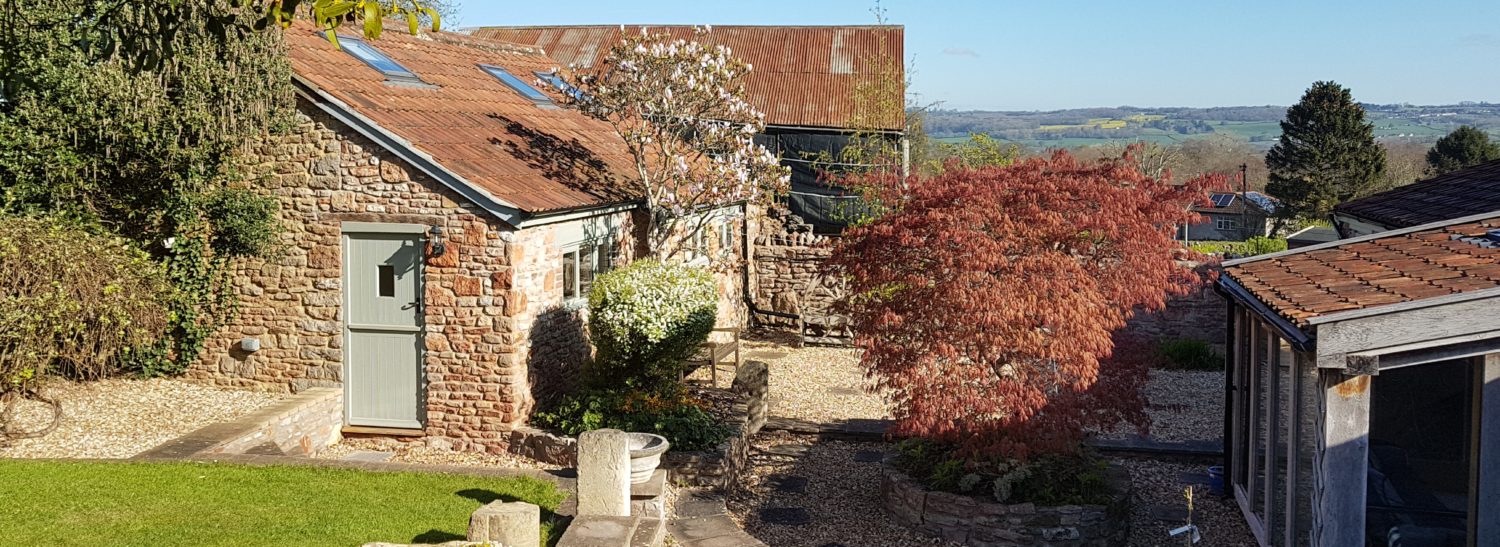I don’t know about you, but I carry a pretty hazy notion of quite what happens in terms of the action ‘behind the scenes’ when I switch the lights on at home. All I know is that as long as I keep paying the electricity bill a seemingly unlimited power supply is available to me, literally at the touch of a button.
In the last blog I gloatingly asserted that now we have had solar panels fitted our power anxieties would be at an end. How wrong I was.
Unlike a domestic environment, on a boat you need to consider both the generation AND the storage of electricity, and that means making friends with your batteries (and making sure you keep them happy). If you take a lot of energy out of the batteries you need to replace it at a rate sufficient to ensure you don’t run them so flat that you damage them. If you are just running a few domestic appliances that run on 12 volts (in our case a fridge and freezer) then that is not too much of a problem and on a sunny day the solar panels will quite happily keep the batteries fully charged by themselves, even if you are moored up. If however you need to run the washing machine (which involves switching over to 240 volts) you need to be running the engine as well, as the alternator charges the battery at a rate that better keeps up wth the load being placed on the system. Or at least it does if the alternator is working properly, which sadly hasn’t been the case in our situation, resulting in damage to the batteries. That in turn meant they weren’t holding onto all that volty goodness we had pumped into them during the day and were going flat overnight.
It has proved an expensive learning curve getting the alternator fixed and the batteries replaced. I wonder if it is any coincidence that the name of ‘He Who Must Not Be Named’ in the Harry Potter series has the word ‘Volt’ around the beginning and end of his name! Deep, dark matters indeed.
Celebrating Lord Beeching
Our trip has taken us up the River Trent and onto the Fossdyke Canal (which is the oldest canal in England) and the River Witham. The canal was dug by the Romans (no doubt they didn’t do it themselves but rather sub-contracted it out by way of a prototype PFI contract to a local band of serfs) to connect the Wash to the Trent, to enable them to supply their northern garrisons.

The Fenland waterways are remote and the skies are vast but the landscape is unfailingly flat. There is not a hill to be seen anywhere (apart from the lump that Lincoln Cathedral sits on) but it makes for easy cycling and Sally has sought to take every advantage of the opportunity. The area is ‘blessed’ with a number of abandoned railway lines that were victim of the Beeching Axe in the 1960’s which have subsequently been turned into cycle and hiking routes. Around 5,000 miles of track (31% of the network) and 50% of stations were closed following the recommendations made in Dr Richard Beeching’s 1963 report in an attempt to reduce the public subsidy that was going into the loss making branch network. One unforseen consequence was that it opened up a vast network of traffic free routes that could be exploited by cyclists and walkers alike. In 1963 cycling too was on the wane, so this was no planned outcome, but with the subsequent cycling revival this wholesale destruction of the country’s transport infrastructure has delivered unexpected dividends. The first line to be opened as a cycleway, in 1986, was the one connecting Bristol and Bath which interestingly now carries five times the amount of traffic in terms of people journeys per annum than was the case before the railway line was closed … and all of those miles are walked and cycled which means more people are keeping fitter and healthier than previously.
Having bikes available allows us to explore the areas we are traveling through in far greater depth than would be the case if we were simply using the boat. It also has the effect of slowing our journey time down as we have to build cycle days into the itinerary, although we are not achieving Sally’s stated aim of cycling an average of 100 miles per week (thank goodness).



For those of you feeling slightly nostalgic for the days of the old railways I thoroughly recommend you listen to Flanders and Swan ‘Slow Train’ which is a celebration of some of the marvellous station names that disappeared under the Beeching Axe.
(In an interesting footnote to history it is worth recording that late last year Chris Grayling, the Transport Secretary, suggested that some of these old branch lines should be brought back into use as railways!)
And to finish; a few more boating pictures.







What a glorious post! So love reading about your adventures – even if, for you, it involves some challenges along the way.
Amazing light you had on the day of the thunderous skies – beautiful!
Enjoying.
When I was young the name similarity between Beachams Powders and Dr Beeching caused me some confusion. Both seemed to result in a clear out however.